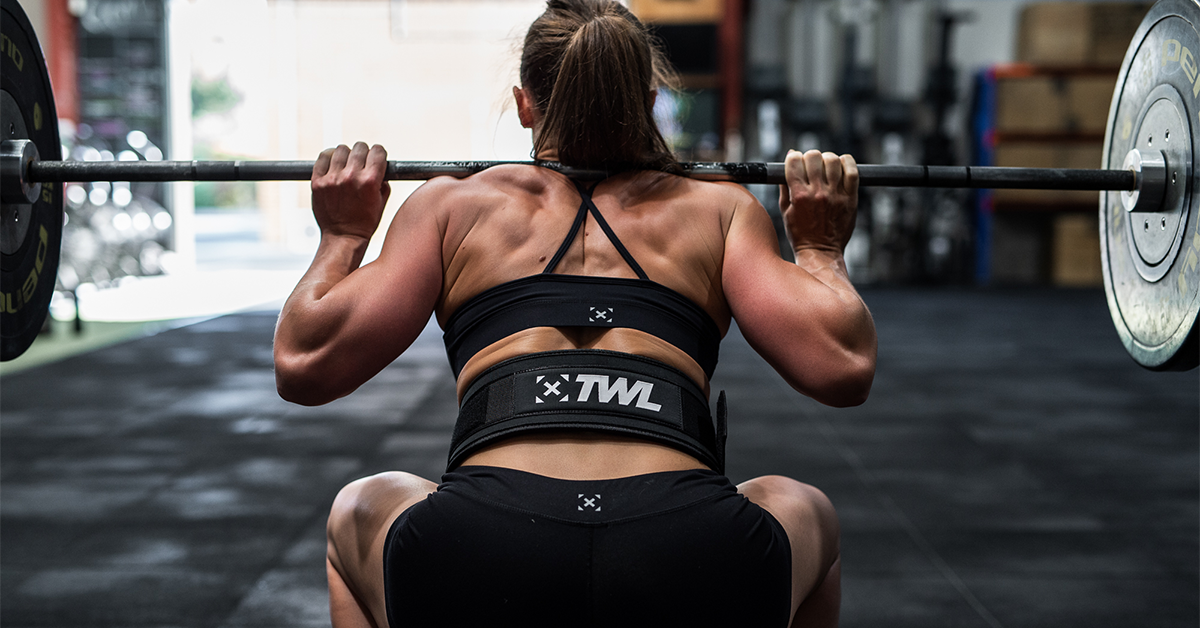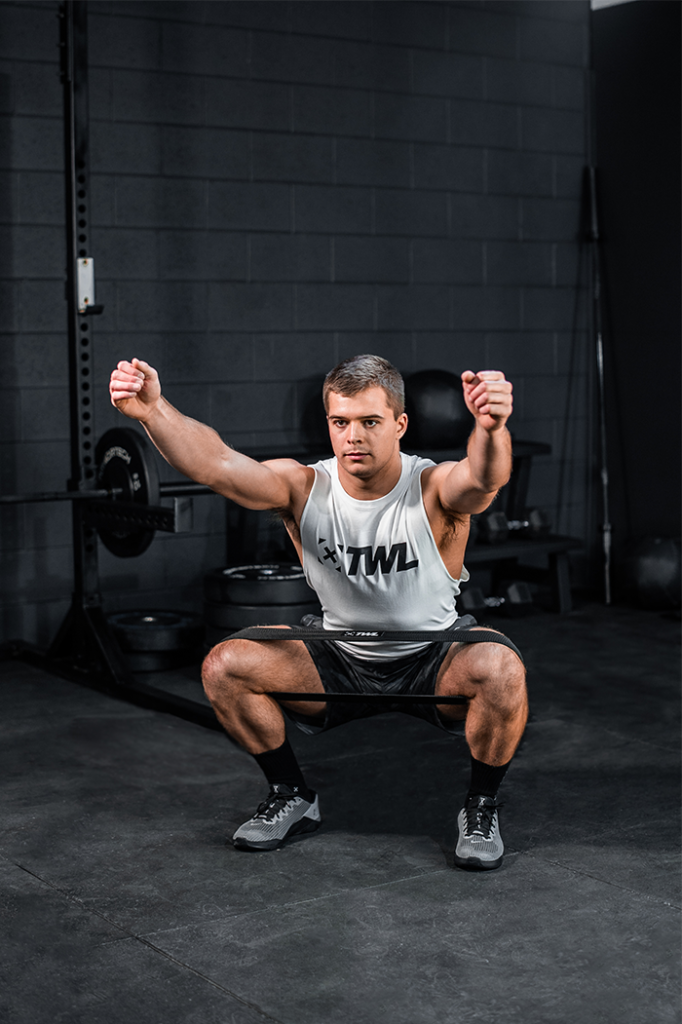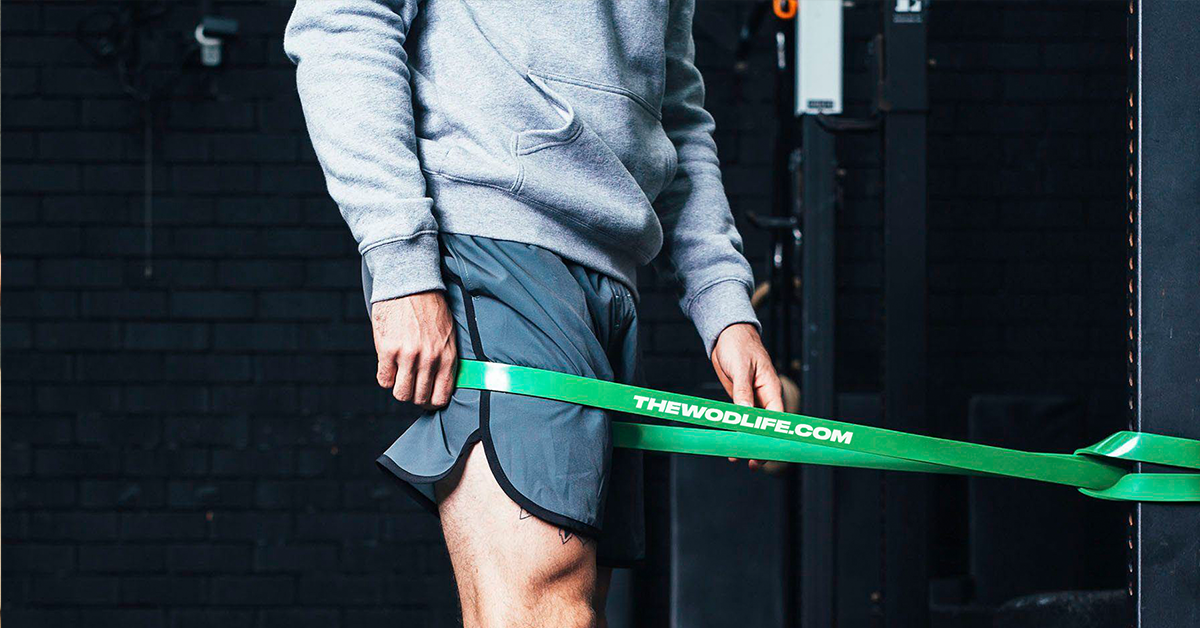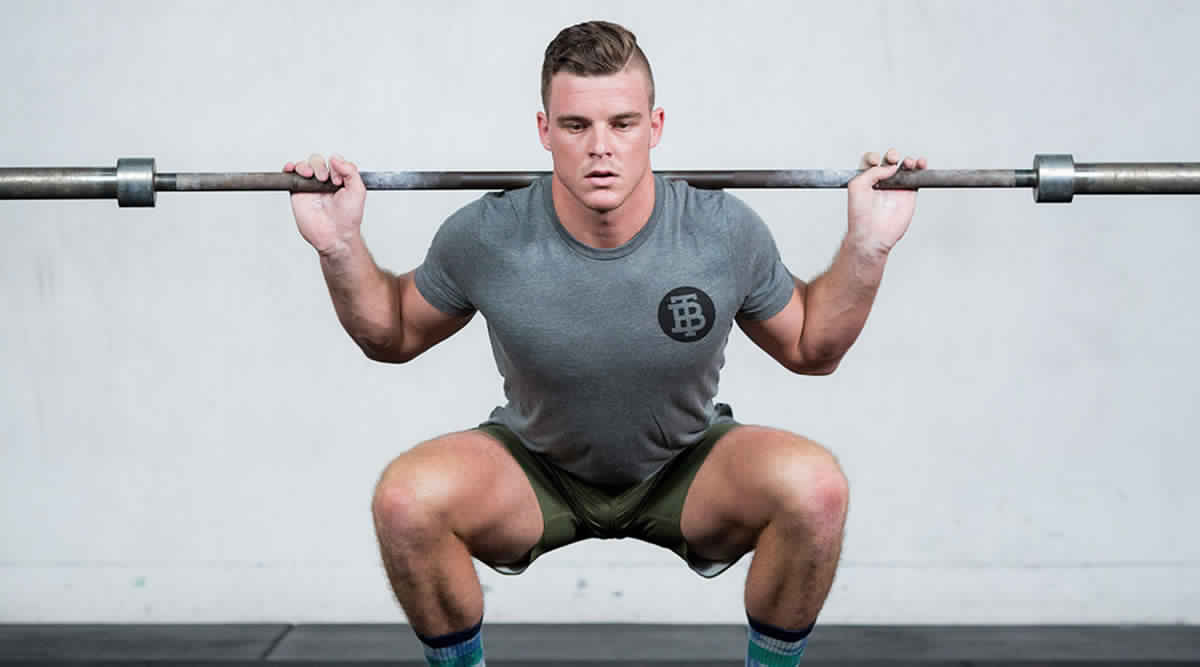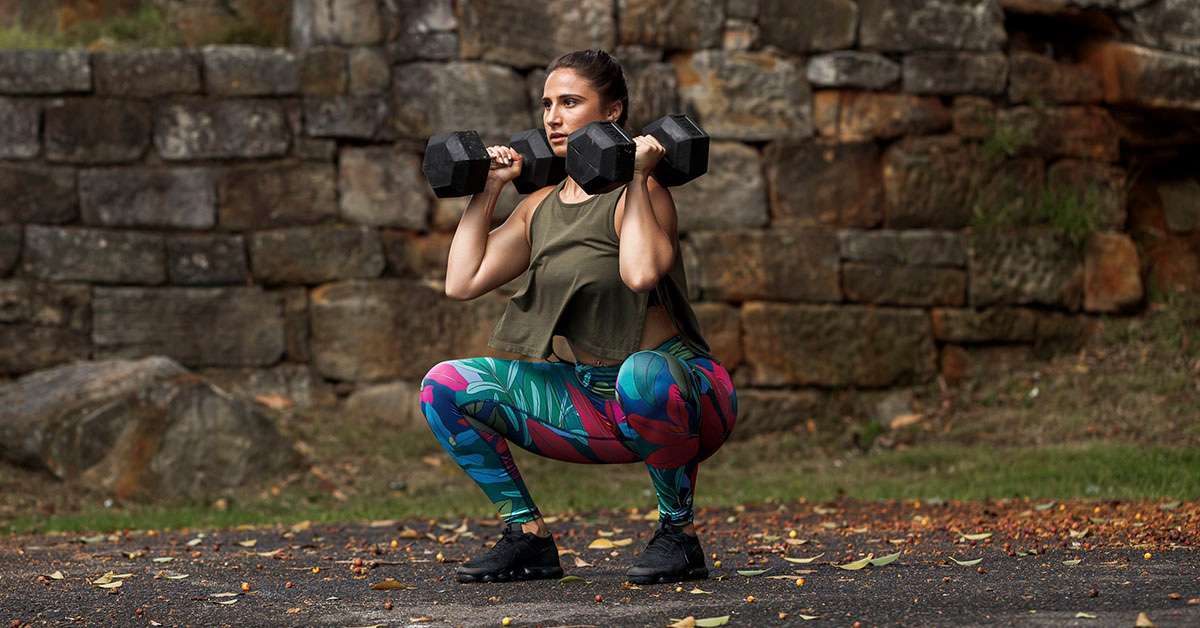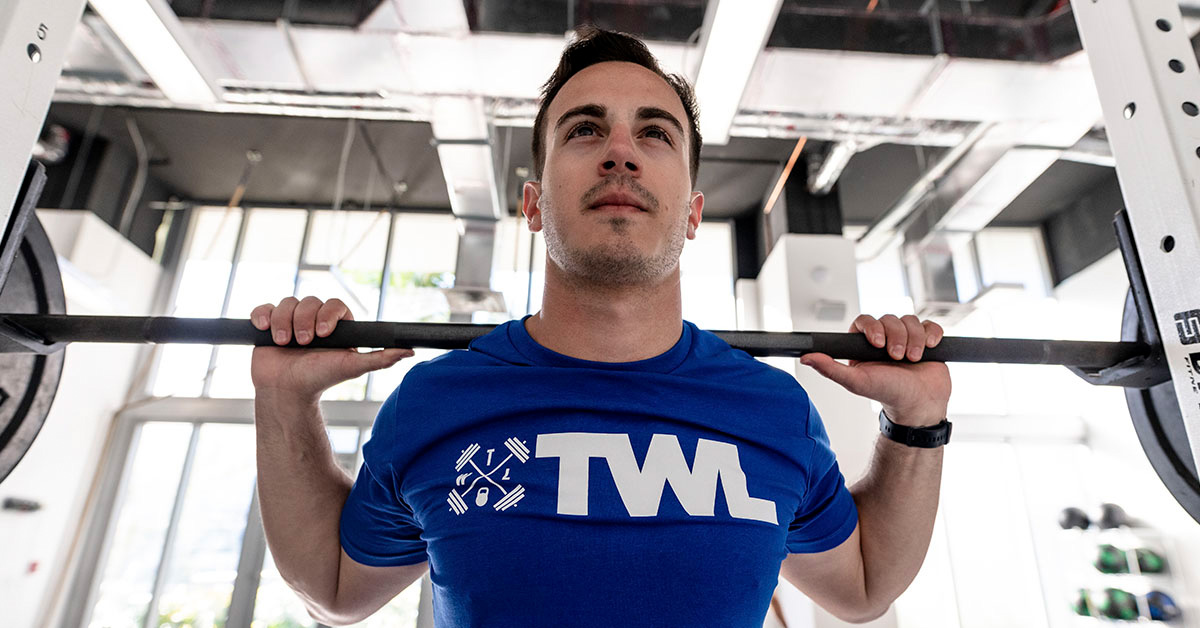Squats are arguably one of the most popular and best-known exercises. Whether you love or hate them, they are a staple in the majority of functional fitness and weightlifting programs. Whilst you, like most people, know what a squat is, you may not realise prolonged sitting weakens your glutes, negatively impacting your squatting technique. This can be combated by a proper warm-up involving activation and mobility, along with your usual light repetitions. Here are our top suggestions to get you primed for perfect squats.
Shop Now
How to Warm Up for Squats
1. Start by Activating Your Glutes
This is fundamental in your warm-up to ensure your glutes are the primary muscle group used when squatting. Too often, the quadriceps and hip flexors take over to compensate for inactive glutes. Learning to activate your glutes is especially important if you sit at a desk for long periods of time, which inactivates and weakens them. Try these exercises to get your glutes activated.
Psst! Read our blog on the best glute accessories for your squat programming.
Glute Bridge
The exact opposite of sitting, this will strengthen and activate your glutes. Start by laying on the ground, bend your knees, and place your feet hip-width apart and your feet a hand’s width away from your buttocks. Activate your glutes and raise your hips off the floor to create a bridge, pause at the top, and slowly lower back to the floor. Repeat this for at least 10 repetitions.
Progress to a single leg variation by raising one leg off the ground whilst maintaining form. Try a resistance band around your knees to stabilise and ensure those glutes are firing.
Tabletop Hip Extension
Start on all fours, hands directly under shoulders and knees under your hips. Engage your core to stabilise the position. As a bonus, your core will be activated, ready to squat. Activate your glutes and as you do, lift one leg and your opposite arm simultaneously. The leg can be bent or straight as long as you can feel your glute firing. Hold at the top for a few seconds and repeat the same side for 10 repetitions before switching sides.
2. Make Mobility a Priority
Working on your mobility is vital if you want to achieve full squat depth, reduce pain, and ensure quality technique. Incorporating hip flexor and ankle mobility in your warm-up is a great place to start. Plus, these two exercises can be done anytime, anywhere, not just pre-squat.
Squat Hold
This exercise is a two-for-one. Not only will you release your hip flexors, but you will simultaneously strengthen your ankles. Plus, it helps establish a strong and stable bottom position. With your legs just outside hip width, drop into a low squat, but not so low you lose activation. Weight should be fairly even throughout the foot, slightly more in the heels. Lift the arches of your feet, if you can.
Ensure your chest is upright and press your elbows into your knees to enhance the stretch. Hold for 15 seconds, working up to a 60-second hold. You can hold a kettlebell for balance to help offset your body weight.
Walking Lunge Twist
This is a favourite because of the simplicity and effectiveness in opening the hips and side of the body. Step one leg forward as you would in a lunge, lower down, place the opposite hand to leg and the same hand to leg on your foot. Lift the hand on your foot up toward to sky so you are rotating the body. Feel free to add in hip circles before switching sides. Aim to do 10-12 repetitions per side.
3. Add Some Weight
Lift light weight before you load up, and get your body into the correct form.
Goblet Tempo Squats
This is a great warm-up and also perfect for beginners looking to build strength in a squat stance. Pick your light to moderate kettlebell up into a goblet position, assume a squat stance with feet hip-width apart and toes slightly turned out. Slowly lower into your squat to a tempo of three seconds down, one-second pause at the bottom, and one second up. Repeat 10 times for two rounds.
Walk Before You Run
Or in this case, lift the empty barbell before you load up. Using an empty barbell, mirror the repetition of the workout scheme. Alternatively, three sets of five repetitions is a great way to start. Why not add a three-second pause at the bottom to further stabilise and warm the ankle and hip joints?
Try this warm-up right before squatting and adjust the repetition scheme as needed. The key is to ensure your body is primed for squatting — yet not fatigued by overdoing your warm-up. So, what are you waiting for? Improve your squat warm-up game and get that booty!
Want more guidance with your squatting? We’ve got your back. Check out our squat program below.
Main image: Tia-Clair Toomey/Instagram

